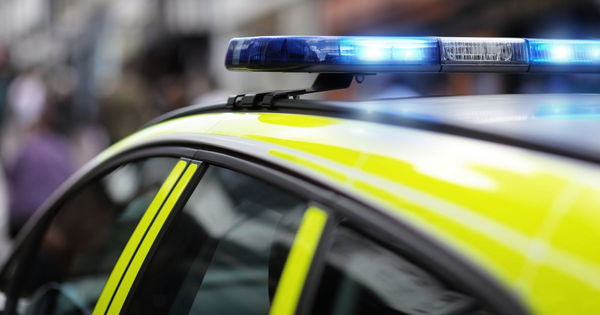E20 is Coming – Here's What It Means for You and Your Motorcycle
The switch to E20 fuel is coming, and in some markets has already arrived. Here's What It Means for You and Your Motorcycle.
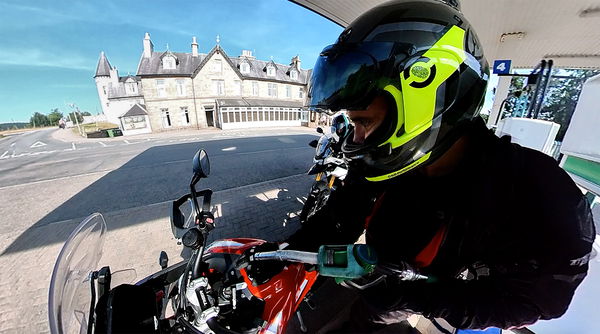
Like it or not, the fuel in your tank is changing. E20 (petrol blended with 20 per cent ethanol) isn’t just a hypothetical future fuel anymore. It’s coming, and it’s coming quicker than expected.
Whether you ride a carb-fed classic or a brand-new Euro5+ naked, you’ll want to know what this shift to higher ethanol content means for your bike, your wallet, and your weekend ride-outs.
What exactly is E20 petrol?
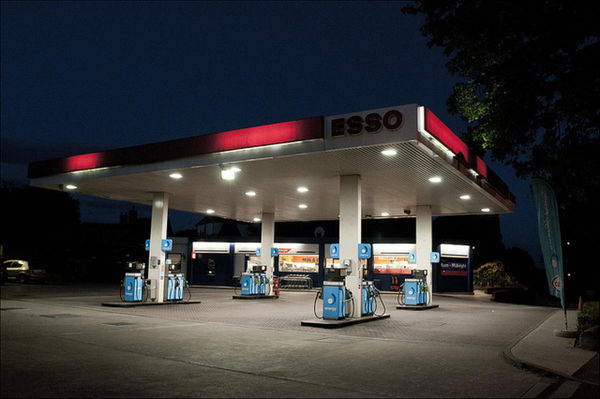
In simple terms, E20 is petrol with 20 per cent ethanol - twice the amount in today's E10, and four times the ethanol found in E5. Ethanol is a renewable alcohol, usually made from plant-based sources like sugarcane or corn - of which Brazil, China and the USA are the biggest producers globally. It’s added to fuel to reduce our reliance on fossil fuels and, in theory, cut down on greenhouse gas emissions.
In practice, ethanol is cleaner-burning, but the flip side is it’s also less energy-dense than pure petrol. More ethanol = slightly worse fuel economy. But more on that in a moment. According to TVS Motor Company, “Ethanol is a cleaner-burning fuel and reduces greenhouse gas emissions significantly.”
The timeline – when is E20 fuel arriving in the UK?
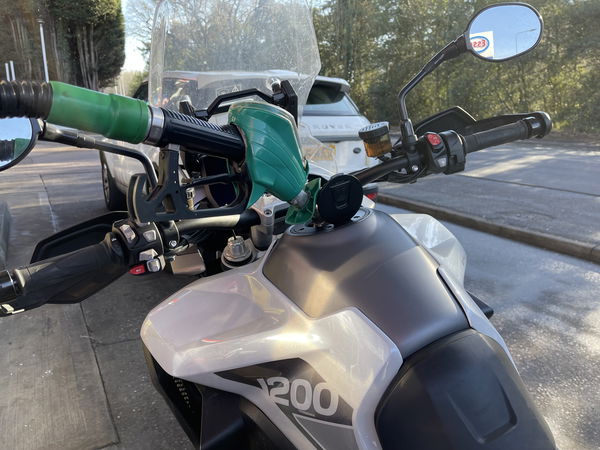
Originally pencilled in for a 2028 rollout, E20 is now on the fast track. Pilot schemes are already running in parts of Europe, and there’s pressure from EU policymakers to bring the stuff to market even earlier, potentially within the next two years. This isn't a distant 'what if' anymore. It's a 'get ready now' situation.
India’s already ahead of the curve, pushing E20 into fuel stations across the country as part of its 2025 carbon reduction goals. With global markets shifting, the EU won't be far behind.
And we’ve already seen E20 in use. This year’s Le Mans and Fuji 24 Hour car races saw entries running on E20, and in 2024, fuel in all MotoGP classes was a minimum 40 per cent non-fossil origin. Pushing that further, by 2027, fuel in all MotoGP classes is slated to be 100 per cent non-fossil origin.
Will my bike run on E20?
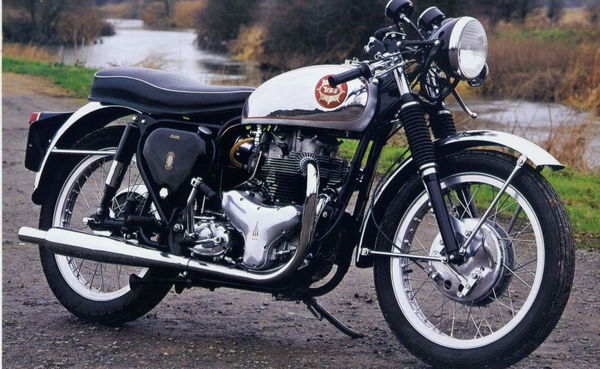
If your motorcycle is E10-approved, chances are high it’ll also tolerate E20 – but not every motorbike will.
Newer models from the past few years are generally safe, as manufacturers have already been engineering fuel systems with ethanol in mind. That means Viton fuel hoses, ethanol-resistant tanks, and injection systems that can cope with the chemical quirks of alcohol-blended fuel.
But if you're riding an older machine, especially anything pre-2010 or carburetted, you may be in for some issues. Fuel hoses and seals may degrade or swell, while carb internals – like float bowls and jets – could corrode, especially if left with fuel over winter. Metal fuel tanks may also rust faster if stored partially full, thanks to ethanol’s water-attracting (hygroscopic) properties.
TVS Motor points out that ethanol can start absorbing moisture from the air the moment it hits your tank. Over time, this can lead to phase separation – where water and fuel split and one sits on top of the other – and that can spell trouble for older fuel systems. Again, quoting TVS: "Long-term usage of E20 in incompatible engines may result in corrosion of parts, deposit formation and degradation of performance." So that’s a red flag for older bikes with untreated metal tanks or ageing internals.
Fuel economy and performance – the real-world impact
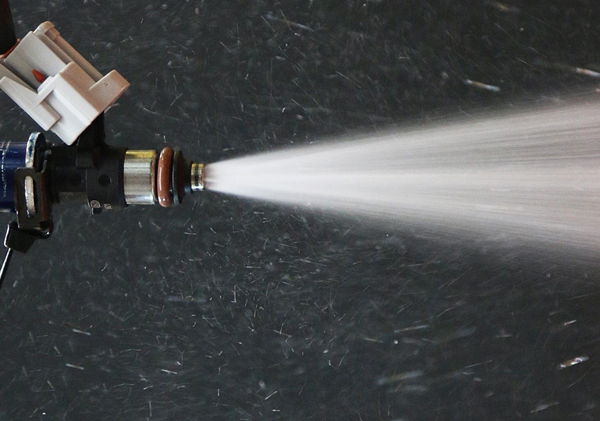
Let’s be honest – no one wants to burn more fuel for the same ride. The higher the ethanol content, the lower the energy density of the fuel. TVS estimates up to a 6 per cent drop in fuel economy when switching from E0 (pure petrol) to E20. Compared to E10, the hit might be closer to two or three per cent – not massive, but enough to be felt on longer rides or if you're counting miles per tank.
Conversely, E20 is expected to have a minimum 98 Research Octane Number (RON) rating, higher than E10’s 95 RON. That means a potential performance bump for bikes that can take advantage of higher-octane fuel, particularly those with knock sensors and advanced ignition control.
So, you might burn a bit more fuel, but possibly run smoother and with a bit more punch at the top end. Silver linings, and all that.
Is it going to cost more?
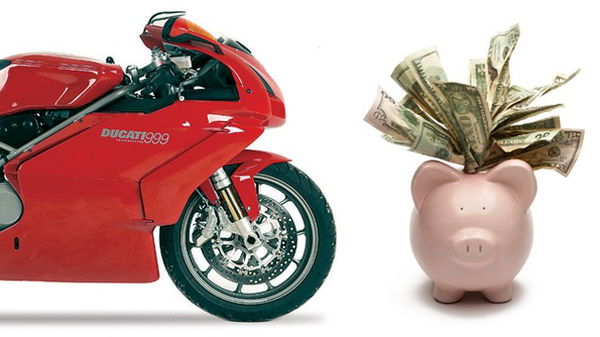
Surprisingly, probably not. Despite having more ethanol, which you'd assume costs more, E20 is expected to be the same price or even slightly cheaper than E10.
Why? Ethanol is exempt from certain carbon pricing schemes in the EU. That gives suppliers a bit of wriggle room to keep prices competitive, even as fossil-fuel levies increase.
That said, if your bike drinks a bit more of it, your real-world fuel cost might creep up slightly. Still, nothing earth-shattering. when E10 was introduced, and E5 still available (as it is now), the price of E10 was often slightly less than its spicier alternative - a kind of incentive to take up the new blend. In real terms, most riders of modern bikes didn't notice a difference, although on certain press bikes I tested - especially those with higher capacity engines - some definitely felt more at home with E5 in the tank!
What should you do now?
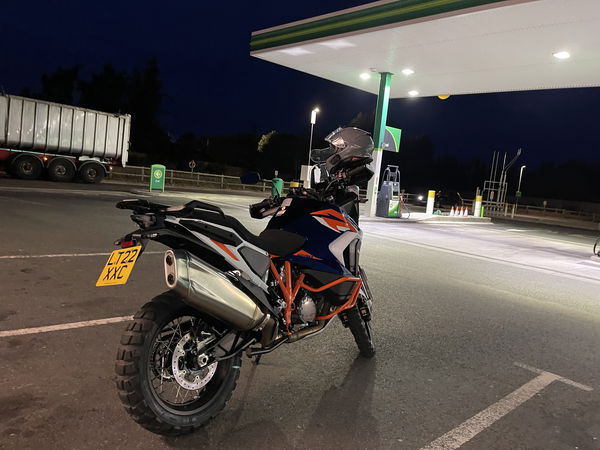
Check your bike’s E10 compatibility. If it’s fine with E10, odds are you’re safe with E20. But check your owner’s manual or the manufacturer’s website to be sure.
Maintain your fuel system. Keep hoses fresh, drain your carbs over winter, and consider using a fuel stabiliser if your bike sits for long periods.
If you ride something older (classic, carb’d, or custom, perhaps) you might want to think about running super unleaded (if still available as E5), or upgrading your fuel system to ethanol-resistant components.
Stay informed. The rollout might be gradual, but once it’s standard, options for ethanol-free petrol will likely shrink. Being prepared means avoiding headaches later.
In short, E20 is no longer a question of "if" and now it's a matter of "when". And when it lands, it’s going to affect every rider, from Sunday scratchers to year-round commuters.
Some bikes won’t even notice the difference. Others will need a bit of fettling. But one thing’s for sure: the days of 100 per cent petrol are numbered, and the sooner you prepare, the better your bike and your wallet will handle the switch.
Find the latest motorcycle news on Visordown.com
